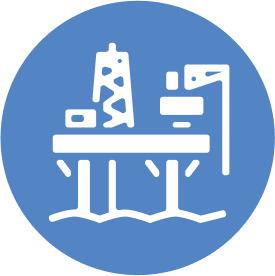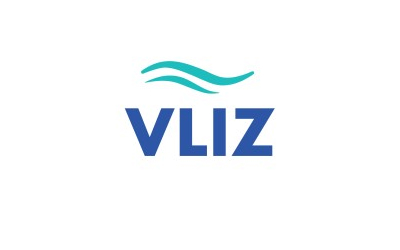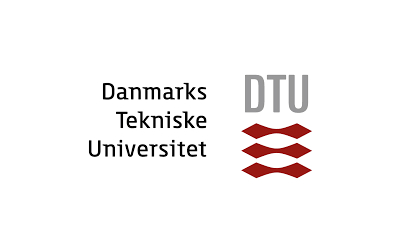Overview
The expansion of offshore infrastructures, such as wind farms, oil platforms, and subsea pipelines, poses challenges to marine ecosystems, particularly to sensitive species like fish and marine mammals. This DUC addresses these concerns by integrating biological monitoring data (e.g., acoustic telemetry and passive acoustic monitoring) with species-specific habitat models. The goal is to create a tool that helps stakeholders make informed decisions to minimize the ecological footprint of offshore activities while supporting sustainable development, with the final aim to promote more sustainable marine spatial planning.
Challenge
Offshore industries lack sufficient data on the biological impacts of infrastructure on sensitive marine species. Additionally, the current decision-making frameworks for offshore activities often overlook the spatial and temporal scales of ecological impacts, limiting their capacity to minimize disruption to marine communities. There is a need for a tool that synthesizes biological monitoring data to inform decision-making and reduce ecological footprints.
Solution
This DUC will develop a dynamic, interactive decision-support tool designed specifically for offshore infrastructure planning. The tool will integrate multiple streams of biological data (such as fish movement, marine mammal acoustic monitoring, and species habitat use) with environmental and human activity datasets (e.g., temperature, salinity, marine traffic). At its core are species-specific habitat suitability maps that overlay marine species habitats with current and planned offshore activities, helping assess potential ecological impacts. Additionally, the tool incorporates a Lagrangian simulation module to model the movement of species, offering a realistic view of how marine animals respond to environmental factors like ocean currents.
This allows stakeholders to predict the impact of offshore infrastructures on marine ecosystems and plan activities accordingly, reducing disruption during sensitive periods like breeding or migration.
Biological monitoring and sensro resources
European Tracking Network (ETN):
- Fish acoustic telemetry and biologging data
- Harbour porpoise monitoring: Passive acoustic monitoring of marine mammals in offshore regions.
Data Sources
- Copernicus Marine Service (CMEMS): Oceanographic data layers providing real-time environmental conditions such as temperature and salinity.
- EMODnet: Data on human activities (e.g., offshore structures), chemical, physical, and biological factors.
- ICES: Stock assessments and biological distribution data for various marine species.
- Occurrence databases (EurOBIS): Providing critical life cycle and distribution data for modeling species’ habitat suitability.
Analysis Tools
- Habitat suitability mapping pipeline: These models use biological and environmental data to assess the appropriateness of marine areas for specific species, factoring in the presence of offshore infrastructures.
- Seasonal density maps: Visualization of species density patterns throughout the year to inform decision-making on when and where to plan offshore activities.
- Connectivity analysis functionality based on Lagrangian simulation outputs: Models that simulate the directed movement of marine species in relation to ocean currents and other environmental factors.
- Relevant R packages
- geospatial data operations (e.g. terra, sf),
- data sourcing (e.g. etn, eurobis, rgbif),
- modelling (e.g. xgboost, mgcv, ranger, earth, habitat, R-inla, inlabru)
Expect outputs
- Interactive tool for stakeholders: A platform that provides easy access to processed ecological data for assessing the impact of offshore infrastructure on marine communities.
- Optimized marine spatial planning: Tools to help plan offshore activities (e.g., construction, drilling) during periods and in locations that minimize ecological disturbance.
- Data uncertainty assessment: In regions lacking sufficient data, the tool will highlight uncertainty levels and make recommendations for improving data collection
Digital Twin Features demonstration:
- System optimization: The tool will guide stakeholders in planning offshore activities to limit their environmental impacts, using real-time biological and environmental data.
- Identify data gaps: Through the integration of biological sensor and monitoring data, the DUC will help identify where further data collection is needed to improve impact assessments.
Target Stakeholders
Stakeholders include environmental impact assessors, marine spatial planners, and offshore industry decision-makers. These tools are designed to assist in compliance with the Marine Strategy Framework Directive (MSFD), particularly Descriptor 11, which mandates that offshore infrastructure must not adversely affect marine ecosystems.
Status
Under development
Leaders
Asbjorn Christensen (DTU)
Patrizio Mariani (DTU)
Lotte Pohl (VLIZ)
Supported by VLIZ, AU, USTAN, EMODnet.



